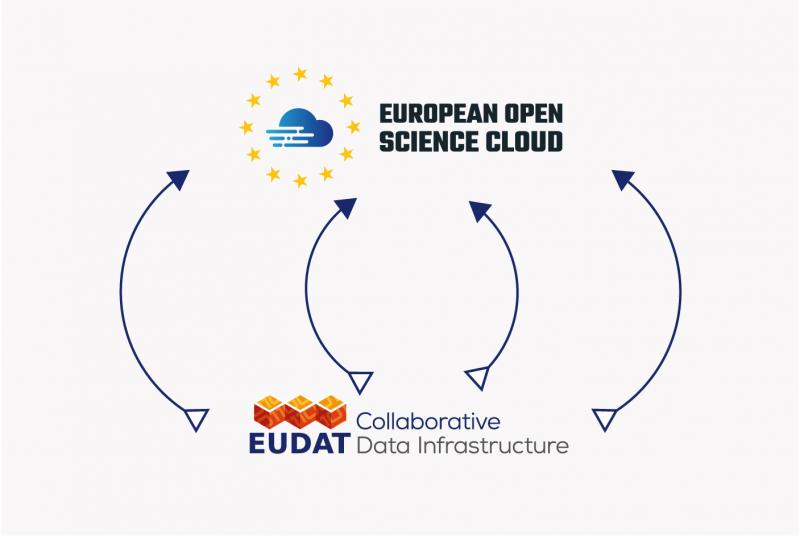

Damien Lecarpentier, Programme Director for research data at CSC – the Finnish IT Center of Science, Project Director of EUDAT2020 since its inception and Head of the EUDAT Collaborative Data Infrastructure (CDI) Secretariat as of September 2016 answers 3 questions on the evolution of EOSC.
How do you see the progress of the European Open Science Cloud?
I am truly fascinated by the overall progress of the European Science Cloud. Just think that about two years ago no-one was talking about it and now it is becoming a tangible enterprise, with a large portfolio of projects to support it, and an emerging governance structure. Of course, it doesn’t come from nowhere and we have been working on laying its foundations for one or two decades already. To a large extent EOSC comes at the right time to capitalise on decades of investment by member states and the EC in public infrastructures to provide researchers from all disciplines with seamless, open access to the advanced digital capabilities, resources and expertise they need to collaborate and perform data- and computing-intensive science.
How does EUDAT contribute to EOSC?
EUDAT is very much involved in the development of the European Open Science Cloud, both from a technical and a policy point of view. We are involved in the EOSC-hub project, which is building the technical platform to coordinate the provision of EOSC services, including EUDAT building blocks. EUDAT works on the integration and consolidation of e-Infrastructures, building on a partner network of 26 national, regional and institutional organisations providing state of the art ICT services to a wide range of researchers. Together we provide a set of interoperable solutions for discovering, sharing, processing and preserving data across multiple disciplines. We intend to make these solutions available through the EOSC portal, and work with colleagues in the EOSC-hub project to build a platform that will support an efficient provisioning of these services to a wide range of stakeholders. We are also involved in more thematic initiatives for example in the marine, environmental and life science domains and we have through our partner network solid connections with other key projects related to EOSC governance, FAIR, and the coordination of national initiatives.
What are the next steps you would like to see and what are the main challenges?
Many of the resources and services needed for the Open Science Cloud already exist; while technical challenges remain, most of the barriers are ones of policy and concern funding, lack of interoperability, access policies and coordinated provisioning. The lack of interoperability, in particular, is a major obstacle to EOSC progress, and we would like to see EOSC focusing a bit more on interoperability, as opposed to integration. We need to create a coherent environment, in which services can work and be combined together, within and across organisations or domains. This means working on different interoperability aspects: technical, semantics, but also legal and organisational. Indeed, we believe it is the only approach that will allow the federation of multiple service providers coming from different countries in an easy and sustainable way.
